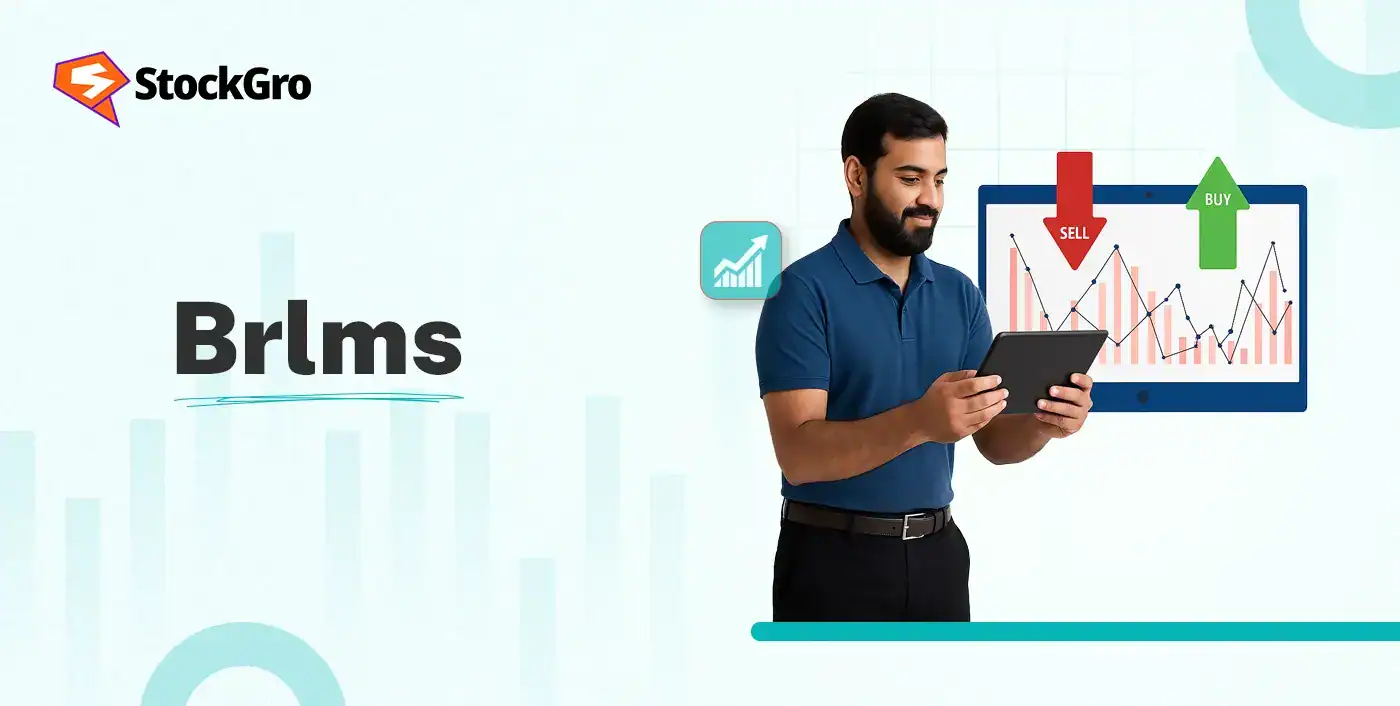
In the first half of FY 2025-26, the IPO market in India raised $4.6 billion, capturing about 22% of the global market. With dozens of new IPOs listing every month, investors aren’t just tracking which companies are listing but also watching at what time IPO gets listed.
Understanding the IPO listing time in India, including the IPO listing date, the listing time of IPO, and the overall IPO listing process, helps investors to plan their trades effectively. Knowing the IPO listing time on listing day enables timely action, whether the aim is to book listing gains or enter after the initial volatility settles.
This blog explains IPO listing time in India, SEBI’s T+3 rule, and how the pre-open session and regular trading hours shape price discovery and trading decisions.
What is IPO Listing Time?
The IPO listing time starts from 09:00 am to 10:00 am in India. It starts with a special pre-opening session from 09:00 am to 09:45 am, which is followed by a final listing session and a five-minute buffer before the regular trading starts at 10:00 am.
Traders and investors should be aware of the IPO listing time, as this window helps them to make better trades, identify early price trends, and measure the market sentiment. The initial hours carry high risk, but they may also offer profit opportunities.
SEBI’s T+3 Listing Rule
The T+3 listing rule by SEBI is a timeline set for IPO shares listing on the stock exchanges within the three working days (T+3) from the last date of the IPO subscription (T). Earlier, this rule was T+6, which was reduced to T+3, effective from 1 December 2023.
| Day | Activity | Timeline |
| T | Submission of online and physical IPO applications, and bid modifications and validations. UPI mandate acceptance and final certificate submissions | Up to 5:00 PM for retail investors, and 4:00 PM for other categories. Till 9:30 PM |
| T+1 | Verification of applications, rejection finalisation, and basis of allotment preparation. | Completed by 6:00 PM and approved by exchange by 9:00 PM. |
| T+2 | Funds are transferred, refunds are initiated, and shares credited to Demat accounts.Filing of listing application and allotment publishing online. | Funds by 2:00 PM; shares by 6:00 PM. By 7:30–9:00 PM. |
| T+3 | Shares listed and trading begins on the stock exchange. | Trading starts from T+3 day |
Pre-Open Session Explained
The pre-opening session is a trading period on a stock exchange on the day of an Initial Public Offering (IPO). It helps to discover the opening price of the newly listed shares, based on real-time demand and supply.
It takes place before the regular market trading begins and is significant for ascertaining the accurate listing price based on real-time demand and supply.
The table below breaks down the pre-opening session into segments and what follows it to provide a clear understanding of the IPO listing process:
| Time | Session | Activity |
| 09:00 am – 09:45 am | Pre-opening session & order entry | New orders such as IPOs are listed, and trades may be modified or even cancelled. |
| 09:45 am – 09:55 am | Order matching & confirmation | Opening price is ascertained, and orders are matched and trades are confirmed. |
| 09:55 am – 10:00 am | Buffer time | For smooth transition from pre-opening to regular trading. |
| 10:00 am | Live trading starts | From here on the regular trading starts. |
| 03:30 pm | Trading session ends for the day | Regular trading for the day ends. |
Regular Trading Hours
The regular trading hours in India start at 10:00 am and continue till 03:30 pm. During this time period, IPO shares or other stocks are available for investors or traders to trade without any restrictions. During the trading hours, the buy orders are matched to the sell orders and vice versa, which is called an order matching system.
For the newly listed IPOs, the first day usually experiences heavy volume of trades as investors react to the listing price and early price movements. Therefore, monitoring this session helps to identify market mood, investor participation, and possible price corrections that may take place.
Factors Affecting IPO Listing Time
The following factors may impact a new IPO listing time:
- Market conditions: The market sentiment during the IPO window, the economic environment, and the grey market premium (GMP) of the IPO influence investors’ sentiment and their participation in IPOs.
- Company-oriented factors: Investors analyse the company fundamentals before applying for any IPOs, which directly impact their investment decision. Additionally, the subscription level of the IPO and its issue price show the investors’ interest and affect demand and supply.
- Process malfunction: Technical defaults with the stock exchanges or delays in company announcements may impact investors’ sentiment and even alter the listing process.
How to Track IPO Listing Status
Investors can track an IPO’s listing status by checking the official websites of the exchanges, BSE or NSE websites, or the IPO registrar’s website, using their PAN, application number, or DPID.
By using the IPO registrar’s website:
- Visit the IPO registrar’s website.
- Find the ‘IPO Application Status’ or similar status section.
- Select the IPO name from the menu.
- Enter the details asked for, such as PAN, Application Number, or DPID.
- Click ‘Submit’ or ‘Check Status’ to view the status.
By using the stock exchange websites:
- BSE website: Visit the BSE India investors application status page. Select the IPO, enter the application number or PAN, and click ‘Search’.
- NSE website: Visit the NSE India IPO section. Select the IPO name from the menu, enter the application number or PAN, and click on ‘Get Data’ or ‘Submit’.
Conclusion
The IPO listing time in India plays an important role in how investors plan and execute their trades on the listing day. Knowing the IPO listing process, SEBI’s updated T+3 rule, and the schedule of pre-open and regular trading sessions helps investors to prepare with clarity.
Therefore, tracking the IPO listing hours and understanding the timing of IPO listing will help investors to act on the market trends and make balanced trading decisions.
FAQ‘s
The IPO listing time in India starts between 9:00 am and 9:45 am, which is a pre-opening session, followed by a 5-minute buffer before the regular trading begins at 10:00 am. This window helps in discovering the stock’s opening price and sets the tone for the trading day.
An IPO is listed on the National Stock Exchange (NSE) on the ‘T+3’ day after the IPO’s subscription period ends on the ‘T’ day. The stock becomes available for trading from 10:00 am, following the pre-open session and price discovery session.
Under SEBI’s T+3 listing rule, effective from 1 December 2025, IPO shares are to be listed on the stock exchange within the three working days (T+3) from the closing date (T) of the issue. This was T+6 earlier. The updated shorter cycle improves efficiency, ensures quicker refunds, and gives investors faster access to share allotment.
The pre-open session, from 9:00 am to 9:45 am, allows the trades orders to be entered, modified, or cancelled before the live trading starts. This session helps to ascertain the opening price of the newly listed stocks, based on demand and supply, which ensures smoother price discovery.
Investors can track their IPO listing status through the BSE or NSE websites, or through the IPO registrar’s portal. By entering details such as PAN, application number, or DPID, they can check for allotment updates, listing confirmation, and whether the shares are credited, before the regular trading begins.


